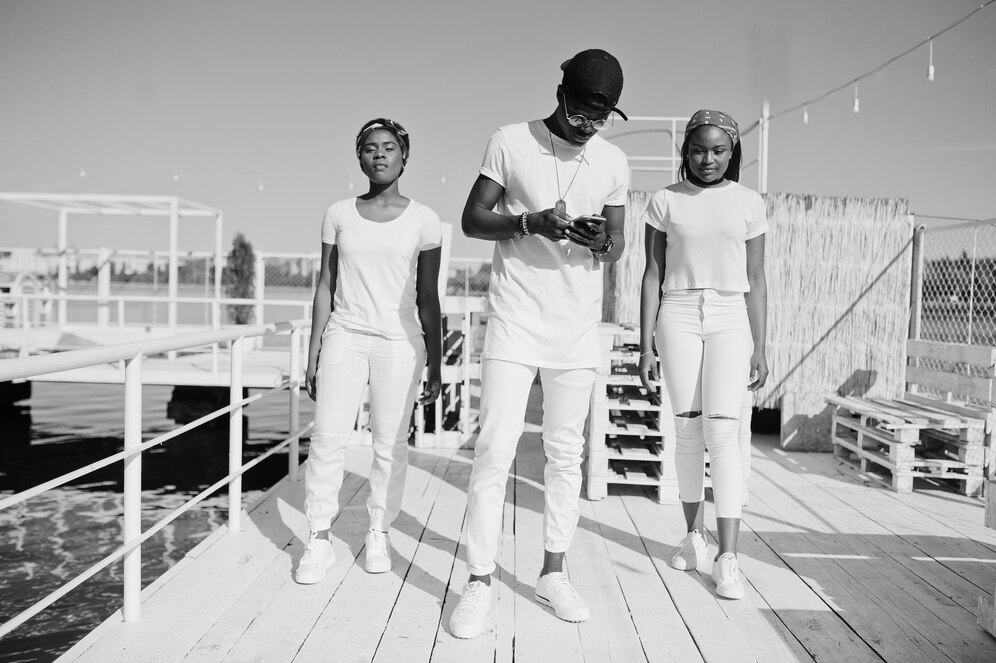Fashion is far more than just clothing. It’s an intricate expression of identity, a reflection of cultural values, and a symbol of societal norms. From the high fashion runways of Paris to the bustling streets of Tokyo, fashion varies significantly across the globe, shaped by historical events, local customs, and the evolving dynamics of each culture. Each culture has its own unique interpretation of elegance and style, influenced by a range of factors such as geography, religion, politics, and even climate.
In Western cultures, fashion has often been associated with luxury, individuality, and the latest trends. Cities like Paris, Milan, and New York are home to fashion capitals that set global trends. Here, style is often synonymous with high-end labels, sleek silhouettes, and an ever-changing cycle of seasonal collections. The Western ideal of elegance tends to favor minimalist designs, often with an emphasis on tailoring, fine materials, and an understated sense of luxury. Classic pieces like tailored suits, little black dresses, and perfectly fitted denim have become staples in many wardrobes, symbolizing the pursuit of refined sophistication and simplicity.
Contrastingly, in many Eastern cultures, fashion is heavily influenced by the importance of tradition, craftsmanship, and symbolism. In Japan, for example, kimono attire, while traditionally reserved for ceremonial occasions, has become an iconic representation of the nation’s aesthetic values. The intricate designs, the meaning behind each color, and the significance of the garment’s structure speak to a cultural emphasis on beauty, respect, and history. Traditional clothing in China, such as the qipao, is another example of how fashion carries profound cultural significance. The qipao, with its intricate embroidery and body-hugging silhouette, reflects the country’s historical ties to both royalty and common people, offering a symbol of grace and femininity.
In Africa, fashion varies widely across its diverse regions, each with its own rich textile traditions and vibrant styles. Many African cultures use clothing as a form of expression and storytelling. Fabrics such as Ankara, kente, and mudcloth are popular, with each pattern and color representing particular meanings or ancestral roots. In countries like Nigeria, the combination of traditional attire and modern influences creates a fusion style that speaks to both cultural pride and contemporary global influence. African fashion often embraces bold, striking colors and intricate patterns, emphasizing a sense of community and identity.
In South America, fashion reflects a blend of indigenous, colonial, and modern influences, creating unique hybrid styles. In Brazil, for instance, samba dancers’ costumes are a kaleidoscope of colors and feathers, showcasing the country’s rich cultural diversity. The fashion in this region often carries an element of celebration, with a focus on vibrant colors, sensual silhouettes, and joy-filled expression, particularly evident in the annual Carnival.
The Middle East’s fashion sensibilities, influenced by religion, history, and climate, combine modesty with elegance. The abaya and the hijab are traditional garments that symbolize grace and modesty while offering women the opportunity to express their individual style. The use of luxurious fabrics, such as silk and velvet, along with intricate beadwork, creates a balance between tradition and modern luxury. Middle Eastern fashion often embraces rich, opulent colors like gold, deep reds, and jewel tones, reflecting both spiritual significance and a connection to the region’s aristocratic past.
Across the world, fashion serves as a bridge between tradition and innovation, culture and modernity. Each culture’s definition of elegance and style tells a unique story, shaped by centuries of history, regional values, and global influences. The global fashion landscape continues to evolve, blending the old with the new, the local with the global, and the traditional with the avant-garde, making fashion a universal language of expression.

